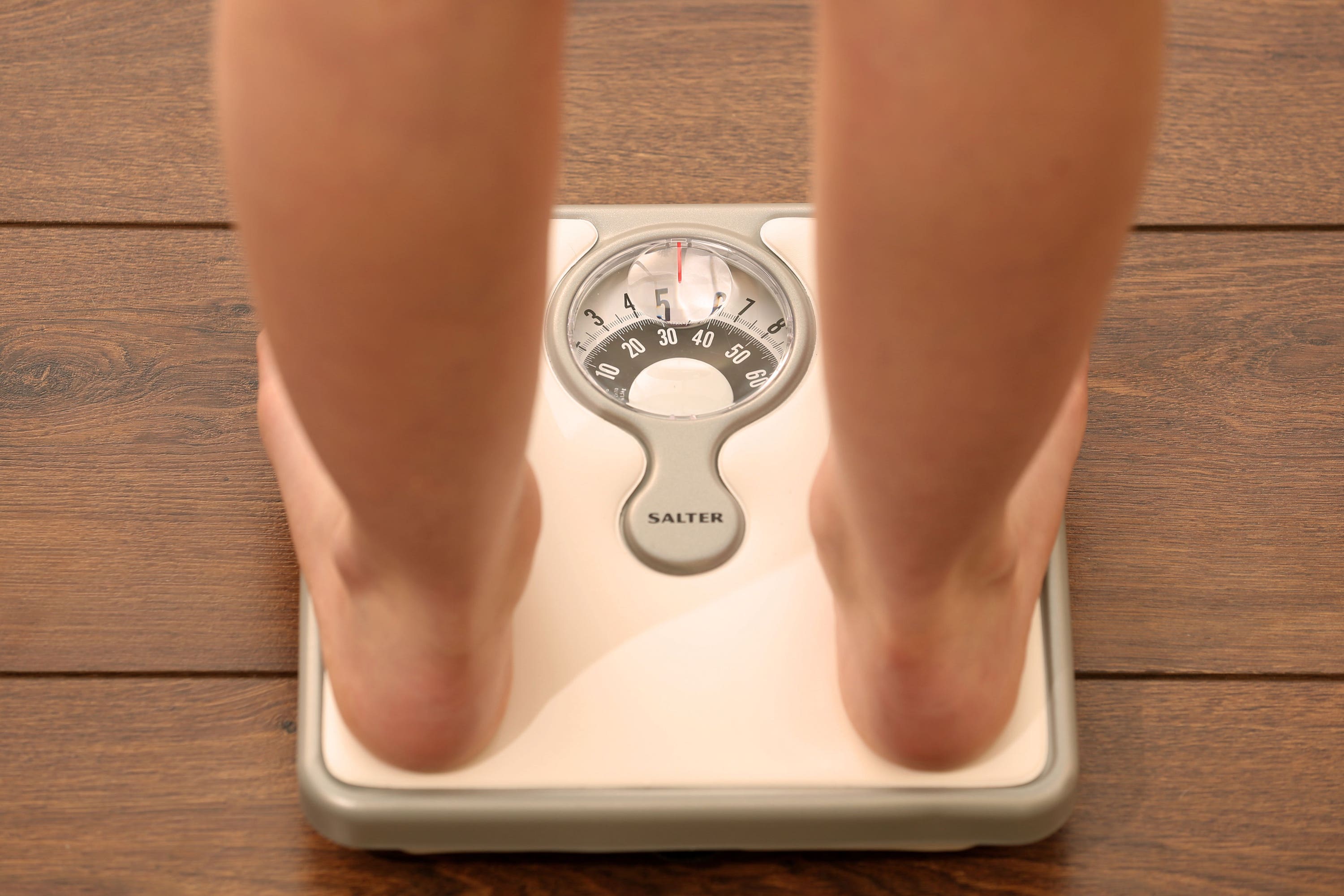Obesity levels drop in Year 6 pupils but still not back to pre-pandemic levels
More than one in three children in England are above a healthy weight when obesity and overweight NHS figures are taken together.

Your support helps us to tell the story
From reproductive rights to climate change to Big Tech, The Independent is on the ground when the story is developing. Whether it's investigating the financials of Elon Musk's pro-Trump PAC or producing our latest documentary, 'The A Word', which shines a light on the American women fighting for reproductive rights, we know how important it is to parse out the facts from the messaging.
At such a critical moment in US history, we need reporters on the ground. Your donation allows us to keep sending journalists to speak to both sides of the story.
The Independent is trusted by Americans across the entire political spectrum. And unlike many other quality news outlets, we choose not to lock Americans out of our reporting and analysis with paywalls. We believe quality journalism should be available to everyone, paid for by those who can afford it.
Your support makes all the difference.The proportion of 10 and 11-year-olds who are overweight and obese has dropped, but is still not as low as before the pandemic, NHS data shows.
Obesity levels in Year 6 in England fell from 23.4% of pupils in 2021/22 to 22.7% in 2022/23, but are still higher than the 2019/20 pre-pandemic level of 21%.
When obesity and overweight figures are taken together, 36.6% of children (more than one in three) are above a healthy weight. This figure is also higher than the 35.1% in 2019/20.
The new data also showed that the prevalence of obesity in Reception-aged children (ages four and five) fell from from 10.1% in 2021/22 to 9.2% in 2022/23.
This is lower than in 2018/19 and 2019/20, and shows a continued decline.
Looking at the overall data and splitting it by gender, boys are more likely to be overweight than girls.
For boys in Reception, obesity prevalence was 9.3%, compared with 9% of girls.
For boys in Year 6, it was 25.1%, compared with 20.1% of girls.
Meanwhile, children living in the most deprived areas of England are twice as likely to be obese as those in the most affluent regions.
Obesity levels were 12.4% for Reception children in the most deprived areas, compared with 5.8% of those living in the least deprived.
For children in Year 6, levels were 30.2% in the most deprived, compared with 13.1% in the least deprived.
The proportion of children in Year 6 living with obesity was highest in the North East (25.8%), the West Midlands (25.2%) and London (24.8%).
It was lowest in the South West and the South East (both 19.4%).
The National Child Measurement Programme data further showed that the proportion of children in Year 6 who are underweight has increased slightly, from 1.5% in 2021/22 to 1.6% in 2022/23, and is the highest recorded rate since 2009/10.